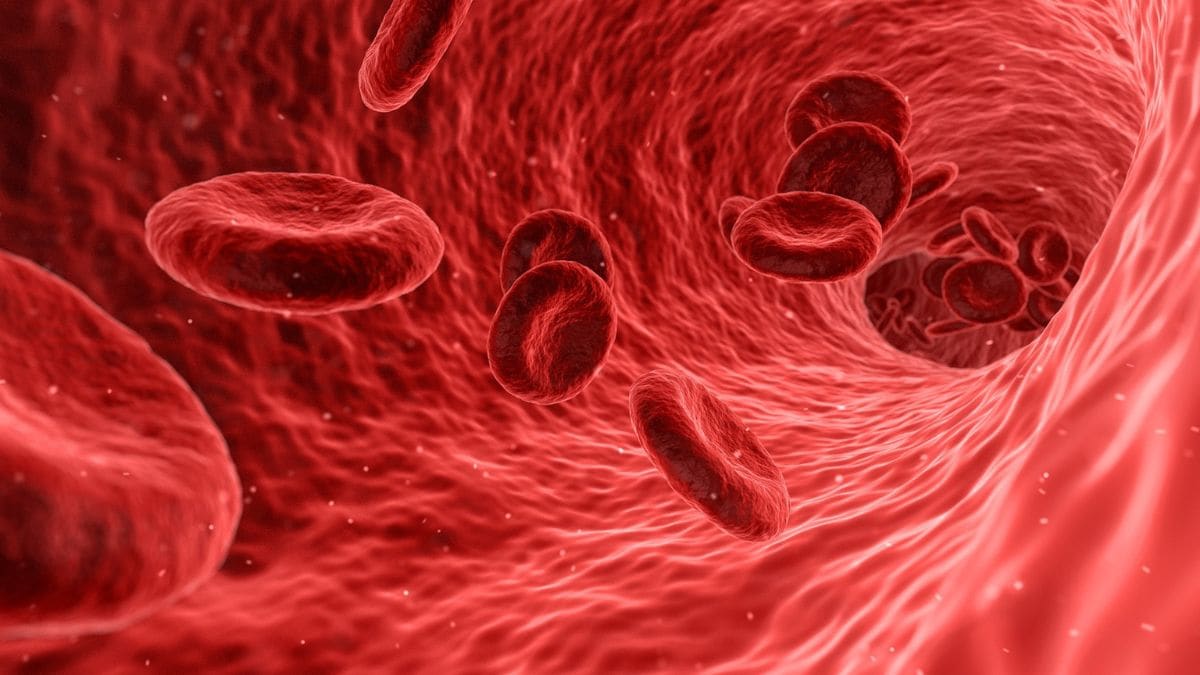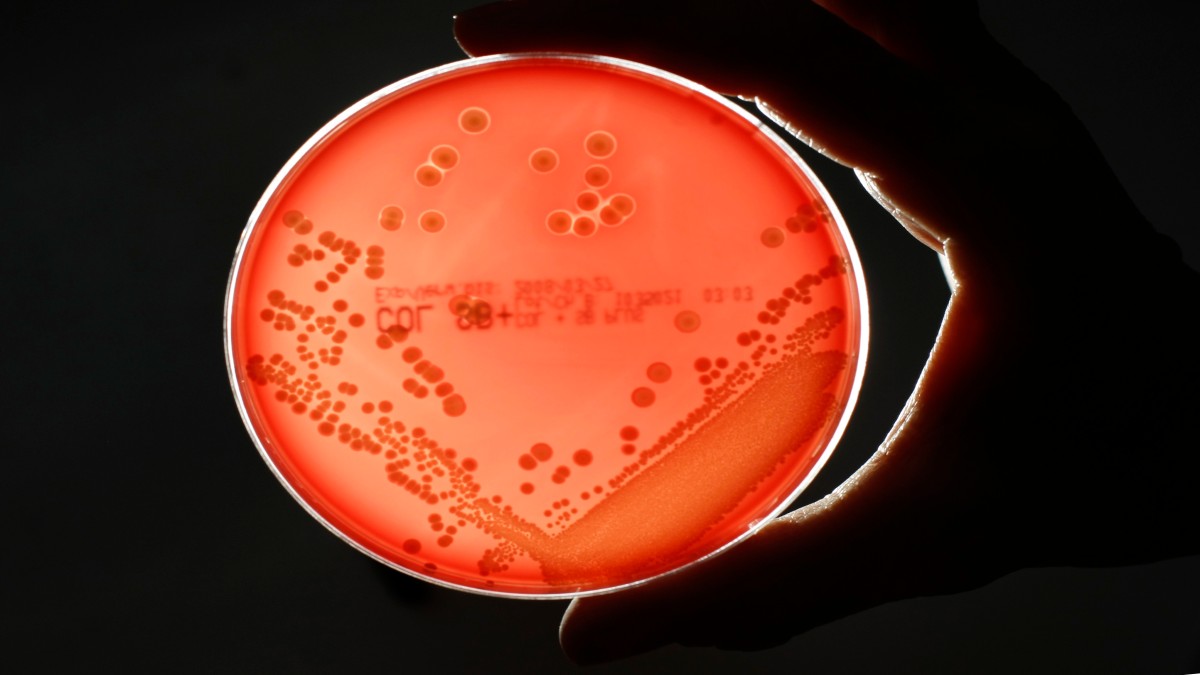In the last six months, a third of MDH Pvt Ltd’s shipments of spice products were rejected by the US because of salmonella contamination. It is a type of bacteria that causes diarrhoea in humans. In America, over 1.35 million salmonella infections are reported each year, with 26,500 leading to hospitalisations, and 420 deaths read more
)
A man stands near the spice boxes of MDH and Everest kept on the shelf of a shop at a market in New Delhi, India. Reuters
Indian spices are under scanner in several countries across the world.
In the last six months, a third of Mahashian Di Hatti (MDH) Pvt Ltd’s shipments of spice products were rejected by the US due to salmonella contamination.
The surge in refusal rate comes at a time when both Singapore and Hong Kong suspended sales of several MHD and Everest Food Products Pvt Ltd products due to the alleged detection of a cancer-causing pesticide.
So, what is salmonella? How is it dangerous? Let’s take a closer look.
Also read: Why is Singapore recalling India’s popular Everest fish curry masala?
US rejects MDH, Everest spice products export
The refusal rate of MDH spice products in America has doubled from 15 per cent for all shipments sent in the previous year, according to The Indian Express.
The report cited data from the US Food and Drug Administration (FDA) that 11 shipments, nearly one-third of all shipments from MDH products labelled as “spices, flavours, and salts,” have been refused since October last year.
All the MDH refusals were on the grounds of salmonella contamination, it said.
Everest Food Products Pvt Ltd also faced similar restrictions, with about 0.3 per cent of all export shipments being refused, compared to three per cent in the previous fiscal year. Five shipments have been refused since October last year, over labelling-related violations.
Ahmedabad-based Ramdev Food Products Private Limited saw a refusal rate of two per cent, which has increased to three per cent in the ongoing FY24. The products were refused due to salmonella contamination.
Spice products by MTR Food Private Ltd recorded a refusal rate of one per cent in FY23, the same as the ongoing year, again over salmonella contamination.
Overall, between 2021 and 2023, roughly 10 per cent of all refused food items from India belonged to “spices, flavours, and salts” category, coming second to “miscellaneous foods items,” accounting for 31 per cent.
“Snack food items” and “bakery products” recorded a refusal rate of nine per cent and seven per cent, respectively, as per the newspaper.
According to a Reuters report, the US Food and Drug Administration (FDA) is gathering information on MDH and Everest products. “The FDA is aware of the reports and is gathering additional information about the situation,” an FDA spokesperson told the news agency on Friday.
Notably, a few days ago, authorities in Hong Kong withdrew four spice blends – MDH’s ‘Madras Curry Powder’, ‘Sambhar Masala Powder’ and ‘Curry Powder’ and Everest Group’s ‘Fish Curry Masala’, alleging it contains high levels of ethylene oxide, a pesticide that is considered unsafe for human consumption.
Hong Kong’s Centre for Food Safety (CFS) of the Food and Environmental Hygiene Department said on its website early in April that it “collected the above-mentioned samples for three retail outlets in Tsim Sha Tsui, respectively, for testing under its routine food surveillance programme. The test results showed that the samples contained a pesticide, ethylene oxide. The CFS has informed the vendors concerned of the irregularities and instructed them to stop sale and remove from shelves the affected products,” reported Hindustan Times.
It further warned that the chemical has been classified as a Group 1 carcinogen by the International Agency for Research on Cancer (IARC).
The Singapore Food Agency (SFA) has also ordered back Everest’s ‘Fish Curry Masala’ after finding ethylene oxide at levels “exceeding the permissible limit.”
The regulator asked Sp Muthiah & Sons, the importer of the spice, to recall the product. “Ethylene oxide is a pesticide that is not authorised for use in food. It can be used to fumigate agricultural products to prevent microbial contamination. Under Singapore’s Food Regulations, ethylene oxide is allowed to be used in the sterilisation of spices,” the SFA said in its press release.
India’s food safety regulator, FSSAI also started taking samples of spices of all brands in view of quality concerns flagged by Singapore and Hong Kong, as per PTI.
“In view of the current development, FSSAI is taking samples of spices of all brands, including MDH and Everest, from the market to check whether they meet the FSSAI norms,” PTI quoted a person aware of the matter as saying.
Back in 2019, the US had recalled a few batches of MDH products due to fears of salmonella contamination.
In July last year, three Indian spice products that were distributed in eleven US states were withdrawn by their importer following a salmonella test that showed a positive outcome.
According to the Washington Times, the spices — garam masala and sambhar masala — were Everest brand products, which were produced by Everest Food Products Private Limited in Gujarat.
The FDA had physically inspected MDH’s manufacturing plant in January 2022, during which it noted that the “plant did not have adequate sanitary facilities and accommodations.”
Also read: MDH, Everest row: What is the cancer-causing chemical found in Indian masalas?
About salmonella
According to Medical News Today, salmonella is a type of bacteria that causes diarrheal illness in humans.
Most people with salmonella infections have mild symptoms and recover without treatment. However, some may require medical attention.
Humans may contract salmonella infections, usually by eating food with live bacteria on it – undercooked or contaminated food – or drinking contaminated water.
The infection is highly contagious and can be transmitted person-to-food-to-person, animal-to-person directly, animal-food-person, and even person-to-person.
Common symptoms of salmonella infection include diarrhoea, abdominal cramps, a fever, nausea, and vomiting in some cases, as per the US Centers for Disease Control and Prevention.
Why it is dangerous
Most people recover just fine and don’t need antibiotics.
Children, older people, people with weakened immune systems, and pregnant women are at the highest risks of such infection. These groups may need more treatment than the usual rest and fluids.
Salmonella can also be dangerous. In the US, it is a major cause of bacterial infection, with over 1.35 million infections, leading to 26,500 hospitalisations, and 420 deaths every year, as per the CDC.
Such infections are more common in the summer than in the winter.
“In most people, I would say this is a self-limited illness that will go away in a few days, and you really don’t have to worry about it,” Scott Roberts, the associate medical director in charge of infection prevention at Yale School of Medicine, was quoted as saying by the National Geographic.
However, in a few cases, “people get quite critically sick and need to get into the hospital because of immune suppression.”
Serious cases can be difficult to treat.
Roberts says, “The challenge that clinicians are facing now is that salmonella and other bacteria are becoming very resistant to many of our existing antibiotics. There’s no pill on the shelf that can actually work against certain strains.”
Prevention
Washing hands is one of the best ways to avoid getting a salmonella infection.
Cooking foods to a safe internal temperature, usually 165 degrees, and proper food safety are both important, as per the CDC.
When touching animals, such as livestock, or pets, such as birds, reptiles and amphibians, be sure to wash or at least sanitise your hands immediately after doing so.
With inputs from agencies

 4 months ago
15
4 months ago
15


















)
)
)
)
)
)
)
 English (US) ·
English (US) ·